My Trademark is Being Used As A Twitter Handle. Now What?
Patrick Lewis contributed to this post.
What can I do if a Twitter-squatter creates a username using my registered trademark and holds it for ransom?
Twitter’s Trademark Policy
“Using a company or business name, logo, or other trademark-protected materials in a manner that may mislead or confuse others with regard to its brand or business affiliation may be considered a trademark policy violation.”
If you have a U.S. federally registered trademark, you have options for securing the Twitter handle. Twitter’s policy prohibits third parties from using a third-party federally registered trademark as a username if the third party is using the account in a misleading or confusing way. Be aware that not every handle that is identical or similar to a registered trademark is a violation. There may be “fair use” factors that come into play in the instance of fan usage and parody.
To file a trademark claim with Twitter you’ll need to be able to answer the following questions:
- Is someone impersonating my brand
- Is someone infringing my trademark
- Contact information for the brand owner
- Your affiliation/relationship to the brand owner
- The trademark registration numbers
- The third-party Twitter handle
- How the third-party is impersonating or infringing the trademark
Twitter’s Inactive Account Policy
Waiting may pay off in acquiring a Twitter handle. An account is deemed inactive when the user has not logged onto the account in over 6 months. When an account is removed, the username is up for grabs. However, it is difficult to tell if an account is active or inactive since activity is based on logins and not tweets.
Twitter’s Anti-Squatting Policy
If you receive a solicitation to purchase a Twitter handle that is the same or similar to your federally registered trademark, contact Twitter. Twitter’s anti-squatting policy protects against “Attempts to sell, buy, or solicit other forms of payment in exchange for usernames are also violations and may result in permanent account suspension.”
Twitter evaluates the following factors in a “squatting” claim:
- the number of accounts created;
- the creation of accounts for the purpose of preventing others from using those account names;
- the creation of accounts for the purpose of selling those accounts; and
- the use of third-party content feeds to update and maintain accounts under the names of those third parties.
Twitter will not release squatted usernames except in cases of trademark infringement. It’s worth noting that Twitter may require proof of an attempt to sell a username in order to enforce its policy.
Practice Pointer
As your company or clients develop new brands, check across the social media platforms to see if the handle/username is available. This can be performed as part of a trademark knock-out search. If the brand name is clear, then secure the social media handle/usernames. An ounce of prevention is always worth a pound of cure – or the hassle of trying to secure the Twitter handle after the fact.

